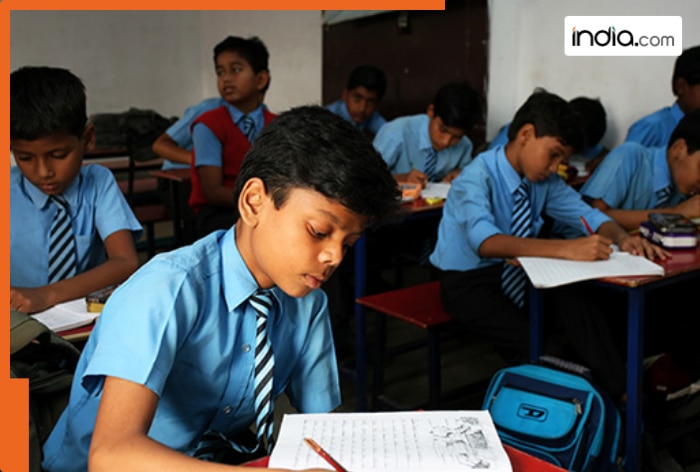Climbing a tree, tobogganing or rough-and-tumble play are all outdoor activities that children should be encouraged to do to promote health, Canadian pediatricians say in new guidance.
New recommendations released Thursday by the Canadian Paediatric Society (CPS) emphasize the importance of unstructured outdoor play for children’s development and physical and mental health amid rising obesity, anxiety and behavioural issues.
Dr. Suzanne Beno, one of the authors of the guideline, said they don’t want parents or educators always inciting fear in children.
“Even situations where there isn’t that much danger, we may actually provoke more anxiety and more fear than is necessary.”
As an emergency physician at the Hospital for Sick Children in Toronto and head of the CPS’s injury prevention committee, Beno said it’s also important to distinguish risk from hazard.
“There may be a risk towards climbing to the top of the play structure or climbing a tree,” Beno said. “As long as it’s thrilling and exciting for that child, that’s actually risky play, as they’re figuring out how much they can do.”
Beno suggested adults in a child’s life switch from constant cautions to “be careful” — which youngsters may take as “you don’t trust me” — to the following when the child is in a physically risky situation:
- “Do you see how high you are?”
- “Notice how sharp this tool is.”
- “Are you feeling scared/excited/safe?”
While hazards like busy roads or rough waters are clear, others such as being around fire or play fighting are more nuanced, the authors said.
Evidence-based safety measures like bike helmets, life jackets and safety gates can’t be ignored.
Common elements of risky play include:
- Playing at height — climbing, jumping or balancing.
- Playing at speed — cycling fast, sledding, running.
- Supervised play involving tools, like using an axe and hammer to build a fort.
- Being near water or fire.
- Risk of getting lost — exploring play spaces, neighbourhoods or woods without adult supervision, or in the case of young children, hiding behind bushes with limited supervision.
The group said opportunities for risky play fell over recent decades as unscheduled free play outside gave way to planned activities. Now, kids spend more time indoors, often on screens.
Part of the shift stemmed from a focus on preventing all injuries instead of focusing on serious and fatal ones, they said.

The 2022 Participaction report card gave Canadian children a grade of D overall for physical activity and a D– for active play.
Dr. April Kam, a pediatric emergency medicine physician at McMaster University in Hamilton, said it’s healthier for kids to play outside to build resilience, develop their abilities and learn what their limits are through natural consequences.
“It’s the move away from helicopter parenting, from over-parenting, over-scheduling and the recognition that it’s probably healthy and good for kids to be kids and to be allowed to experience developmentally and age-appropriate challenges.”
Encouraging safe, active play
Psychologist Kathleen Martin Ginis, a professor in the department of medicine at the University of British Columbia who wasn’t involved in the new guidelines, called them balanced overall.
WATCH | Canadian kids get a D– for physical activity levels:
Participaction’s prescription for healthy play is to get children outside; Canadian kids get a D– for physical activity levels
“Unstructured active play is probably one of the key places where we can focus on increasing activity,” said Martin Ginis, who helps people of all ages struggling to move more.
As a parent of a teen, Martin Ginis has flashbacks to watching her daughter climb and holding her breath the whole time.
Much of her research is done in the community of people living with spinal cord injuries.
“Over the years, I have met many people who were injured (and who now live as paraplegics or quadriplegics) as children or youth while they were playing outdoors (e.g. falling off the monkey bars, falling out of a tree, falling off of a swing),” she added in an email.
That’s why she said her general approach is to be conservative about encouraging risk while acknowledging the need for children to be active.
“It is a fine line,” she said.








